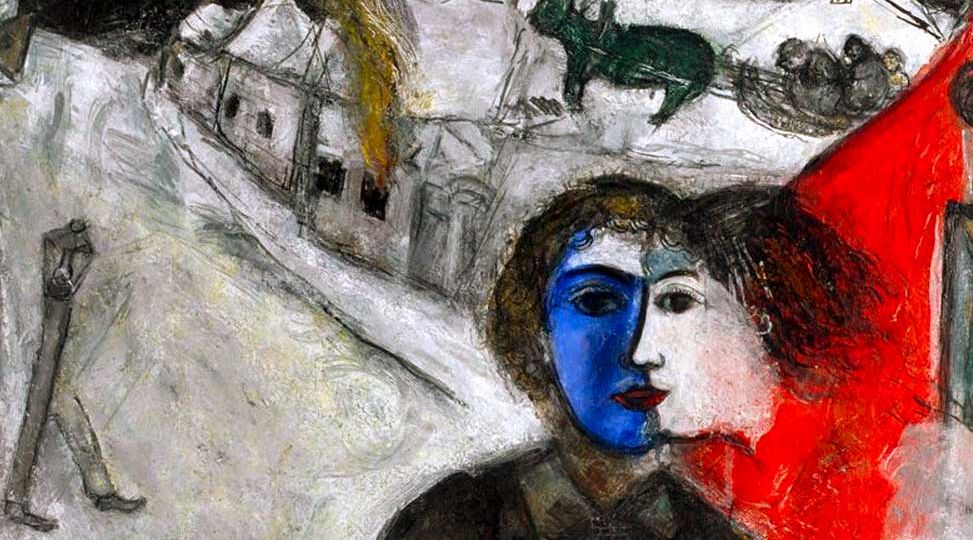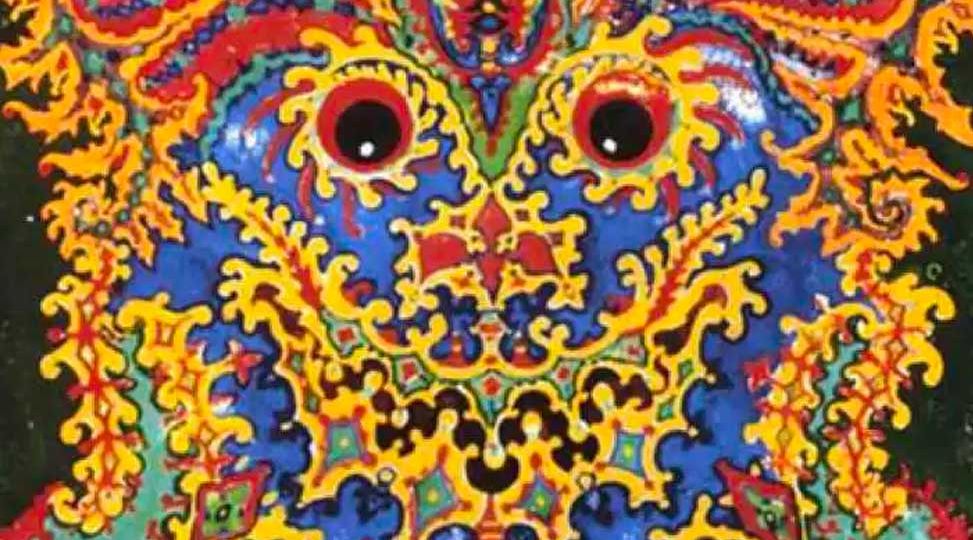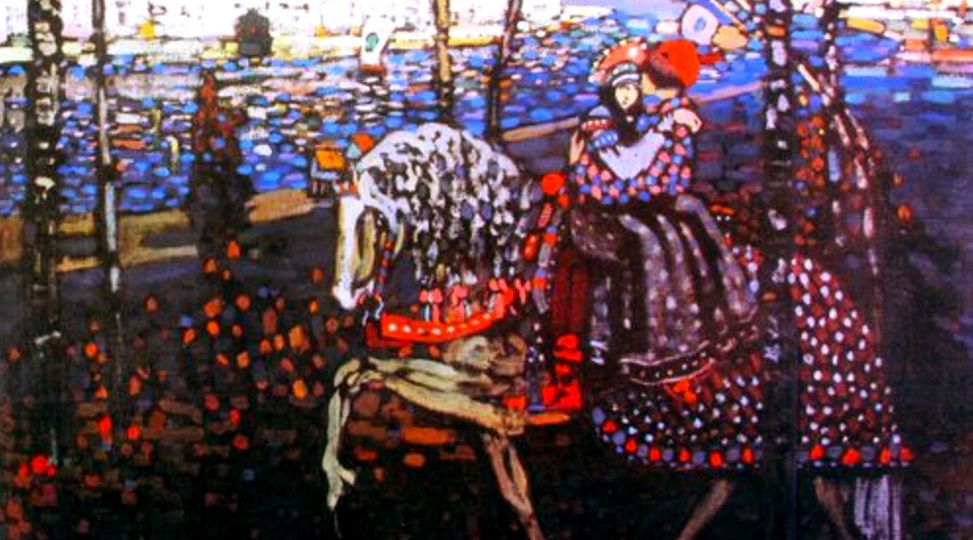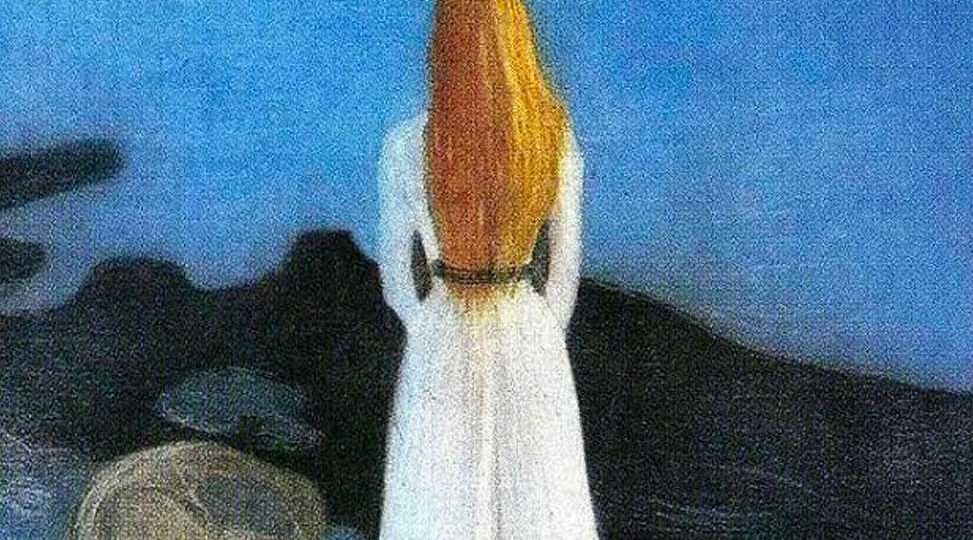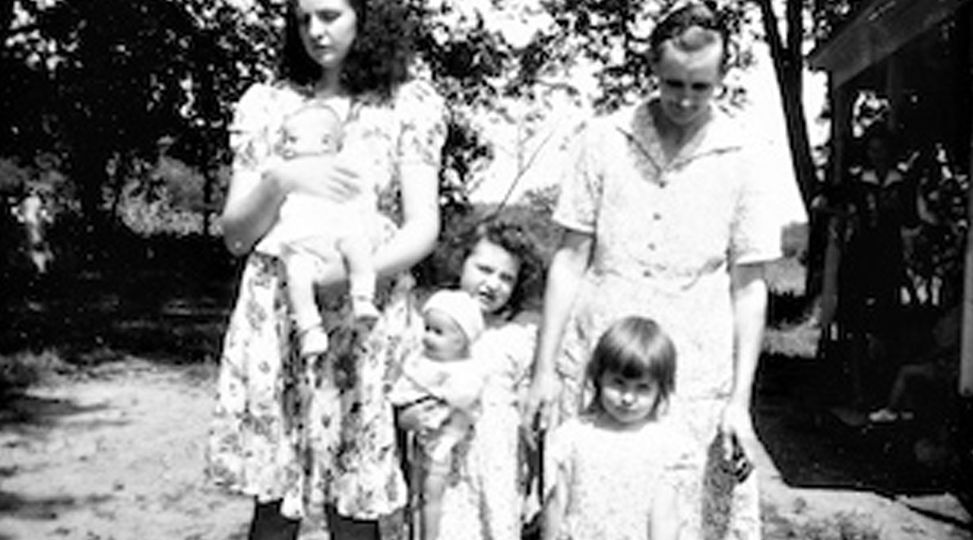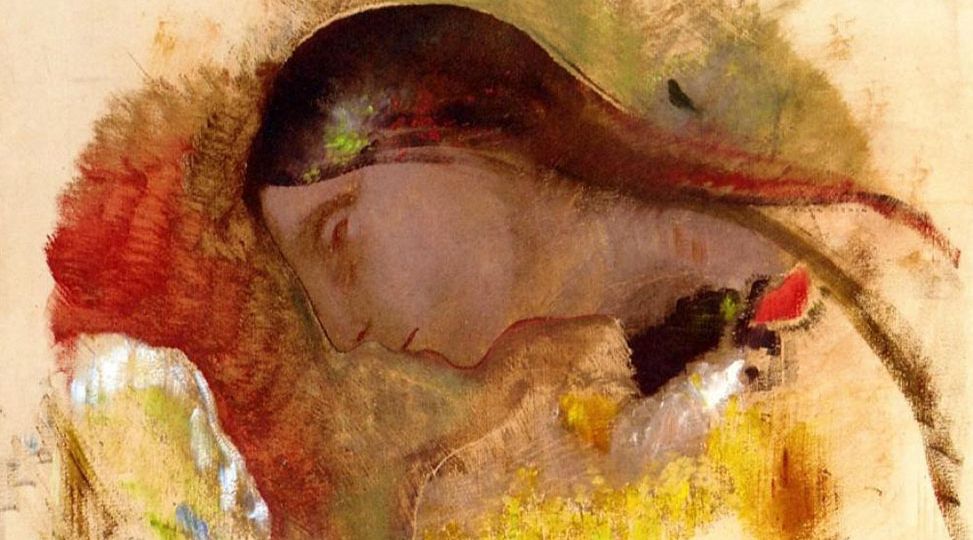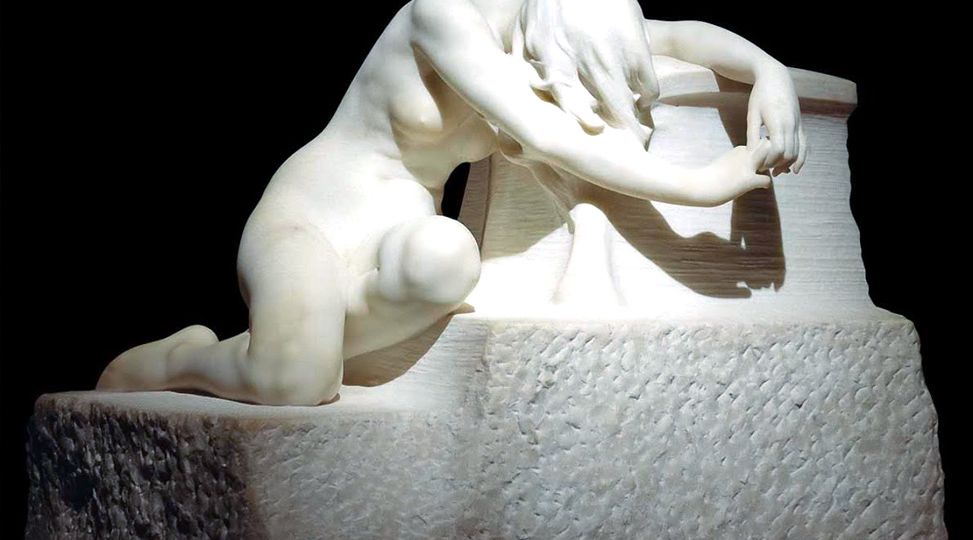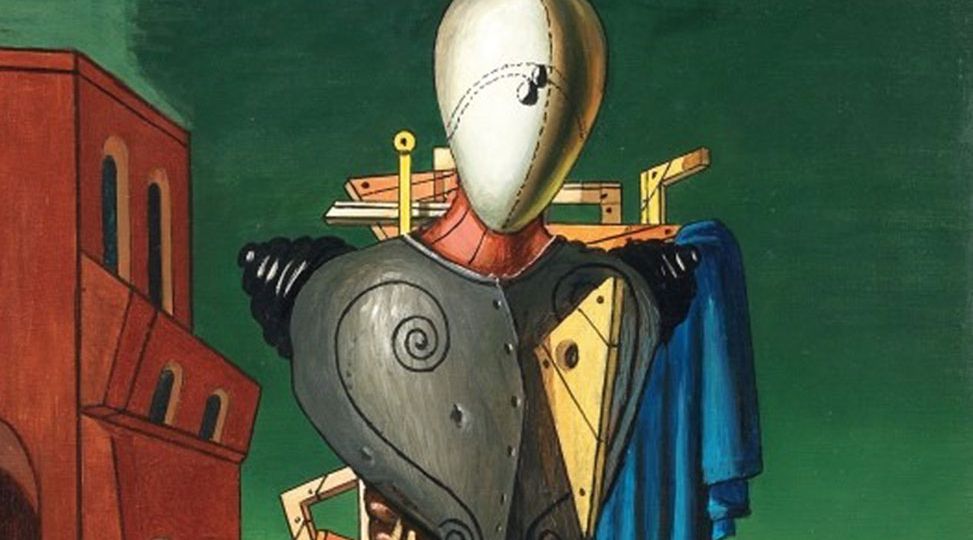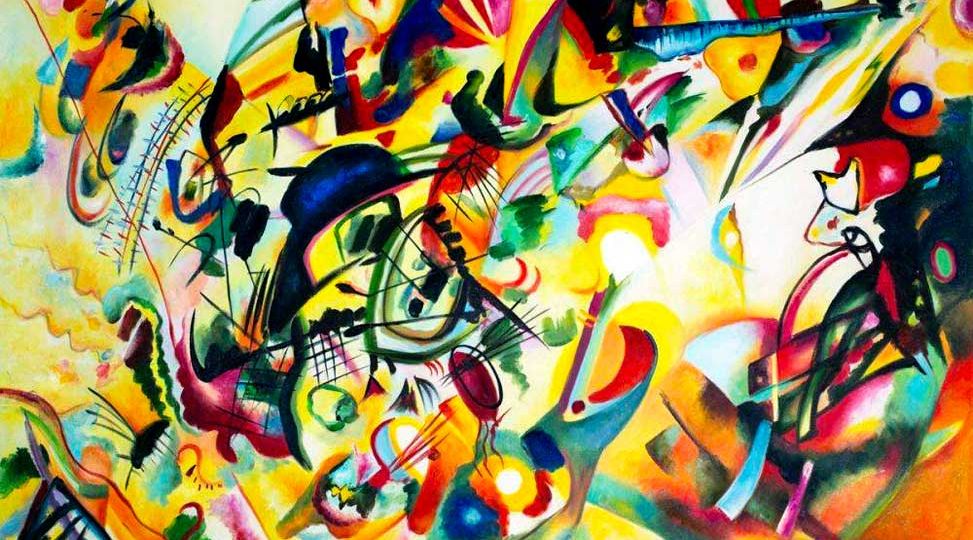Cassandra represents the difficulty of expressing one’s own truth in a way that is persuasive and influential in the world, particularly a truth that is not androcentric. The weakening of the voice of the dream ego represents the suppression and repression of the feminine that results from continuing to rely on old ways of exerting influence.
Animus
When I first learned about typology in the mid 1990s, I set out to conquer the inferior function. After all, I wanted to develop in every way possible, and surely that meant quashing anything inferior! More recently, however, I have come to appreciate the power of this gremlin to draw me closer to the middle realm of dreams and imagination, where wisdom rises from the depths.
The world of Rilke’s tale is one besieged by the Dragon. This is the world of the wasteland, where people are living inauthentic lives. In most fairy tales, a successful hero is the answer to the wasteland. Rilke, however, presents the tale not as a deliverance from the Dragon but rather as a slow descent into the shadowy realm of the Dragon.
The more I fell apart inside, the more I needed outside structure and order. One night I dreamed of an interior colorless and noiseless explosion that was followed by a voice that boomed, “You have the courage to let your interior world be chaos; there are no walls where there should be walls. You are a crab, and you need an exoskeleton.”
My sister’s life illustrates the impact of a lack of positive parental guidance on the development of personality and what happens if the inner parent fails to develop. Family tragedy deprived Christin of a compass with which to navigate psychic turbulence during midlife. While few people succumb to such crises, many lack the tenacity to face them.
“Interpretations” of dreams must be filtered through a layer of consciousness. One contribution of dream tending as an effective tool for Jungian dream work is the value it places on the sensing function as an imaginal way of knowing. Thus, it de-emphasizes the intuitive and thinking functions many Jungians use in traditional dream analysis and brings sensing and feeling to the fore.
Kowalsky’s self-sacrifice can be seen as the Animus acting as “the door through which all the figures of the unconscious come into consciousness.” His extraverted feeling is giving Stone a much-needed lesson: She must stop holding on to a situation that is no longer life-giving. It is time to let go of her debilitating prison of pain—and of her former self—so she can move forward.
If the dreamer is willing to work a dream from a psychological type perspective and the therapist has the knowledge to do so, then bringing type to dream work can be helpful. I utilize this approach either when I see an aspect of psychological type present or when I cannot make heads or tails of a dream by taking other approaches.
“Everything has a purpose, clocks tell you the time, trains take you to places. Machines never come with any extra parts, you know. They always come with the exact amount they need. So I figured if the entire world was one big machine, I couldn’t be an extra part. I had to be here for some reason. And that means you have to be here for some reason, too. ”
Our often-used shorthand illustration with a line drawn between the four allegedly conscious function-attitudes and the four “unconscious” ones is misleading because consciousness is not a sufficiently reliable characteristic for distinguishing these two sides of the psyche’s typology. It’s related to what distinguishes them, but only as a secondary and fairly unpredictable characteristic.


